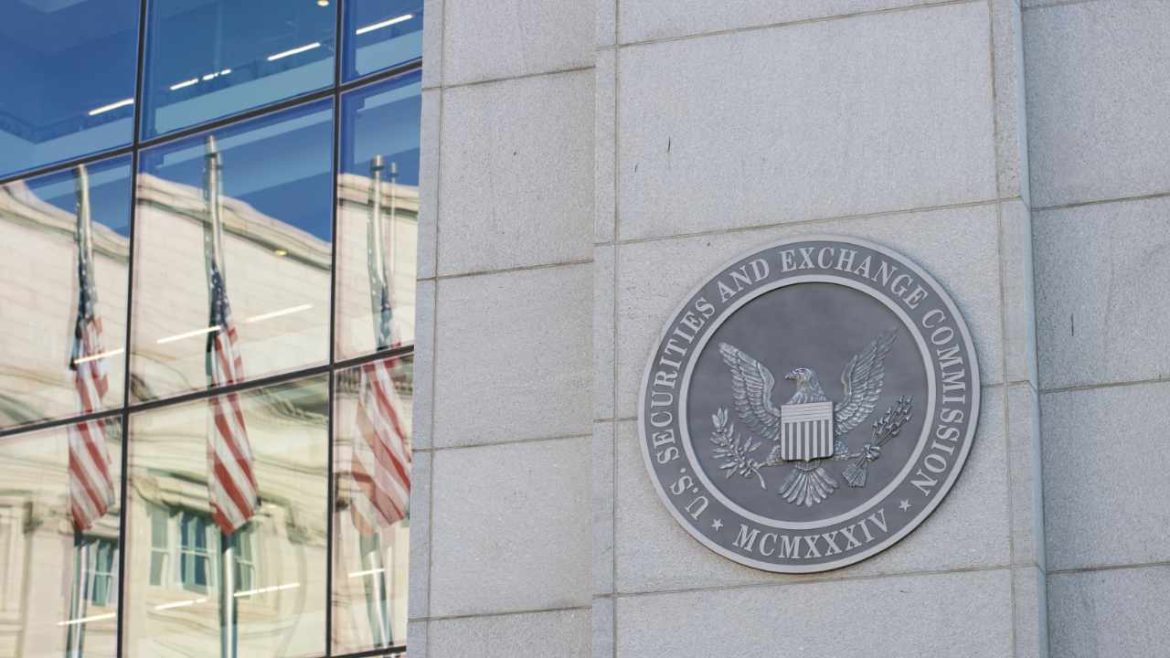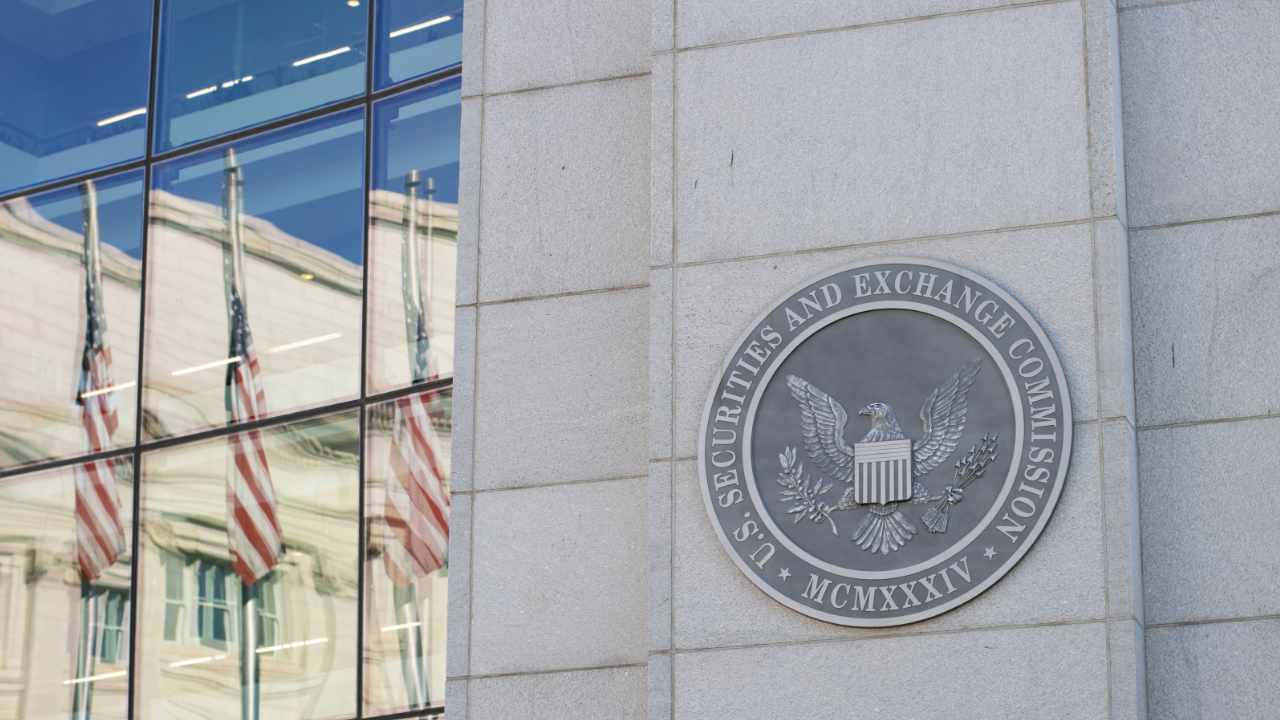Tokenization has emerged as a transformative force in the financial sector, promising to revolutionize how assets are represented, traded, and managed. By converting traditional assets—such as stocks, bonds, real estate, or even art—into digital tokens on a blockchain, tokenization offers benefits like increased liquidity, fractional ownership, and reduced transaction costs. Citi’s projection that tokenization could enhance private market liquidity by up to tenfold underscores its potential. However, the path to realizing this potential is fraught with regulatory challenges that cannot be overlooked.
The appeal of tokenization lies in its ability to democratize finance, making high-value investments accessible to a broader audience. For instance, tokenization could enable individuals to invest in luxury real estate or private company shares with minimal capital, bypassing the traditional barriers of entry. This vision of a more inclusive financial ecosystem has fueled significant excitement, but it also demands a cautious approach to ensure that innovation does not come at the expense of investor protection.
Amidst the enthusiasm, Commissioner Hester Peirce of the U.S. Securities and Exchange Commission (SEC) has issued a sobering reminder: tokenization, while “enchanting,” is not “magical.” Her message underscores a critical reality—tokenized securities remain subject to existing securities laws, regardless of the technological advancements they represent. This stance is not an attempt to stifle innovation but rather a call for responsible implementation. The SEC’s role is to safeguard investors, maintain market integrity, and facilitate capital formation, principles that remain unchanged in the era of tokenization.
The core principles of securities laws—designed to protect investors from fraud, manipulation, and information asymmetry—are as relevant in the tokenized world as they are in traditional markets. Tokenization does not inherently guarantee transparency or reduce risks. Without proper disclosure requirements, investors in tokenized securities could be exposed to misleading or incomplete information. The anonymity and borderless nature of blockchain technology also introduce new risks, such as fraudulent schemes and market manipulation. Existing securities laws provide a framework to address these challenges, ensuring that investor suitability and risk disclosure remain priorities.
Navigating the regulatory landscape of tokenized securities requires collaboration between market participants and regulators. Commissioner Peirce has encouraged proactive engagement with the SEC to gain clarity on compliance requirements and shape future regulations. This collaboration is essential for several reasons. First, it helps companies understand how existing laws apply to their tokenized offerings, reducing uncertainty. Second, it allows market participants to contribute to the development of tailored regulations that balance innovation with investor protection. Finally, open communication fosters trust, which is crucial for mainstream adoption.
Peirce has even hinted at the possibility of conditional exemptions for tokenized securities, signaling a willingness to adapt regulatory approaches. However, any such exemptions would prioritize investor protection, ensuring that the benefits of tokenization are realized responsibly. The SEC’s approach suggests a nuanced balance between embracing innovation and maintaining regulatory vigilance. For the industry to thrive, a clear and consistent regulatory framework is needed, one that is technologically neutral and adaptable to rapid changes.
The future of tokenized securities hinges on striking this balance. A regulatory framework that provides certainty for market participants while protecting investors is essential. Additionally, international coordination is crucial, given the global nature of blockchain technology. Harmonized standards can prevent regulatory arbitrage and ensure consistent protections across jurisdictions.
Tokenization holds immense promise, but its success depends on responsible innovation and a commitment to investor protection. Commissioner Peirce’s message serves as a critical reminder that existing securities laws cannot be ignored. By engaging proactively with regulators and prioritizing compliance, market participants can unlock the full potential of tokenization. The path forward involves collaboration, adaptability, and a shared commitment to building a more transparent, efficient, and inclusive financial future.





